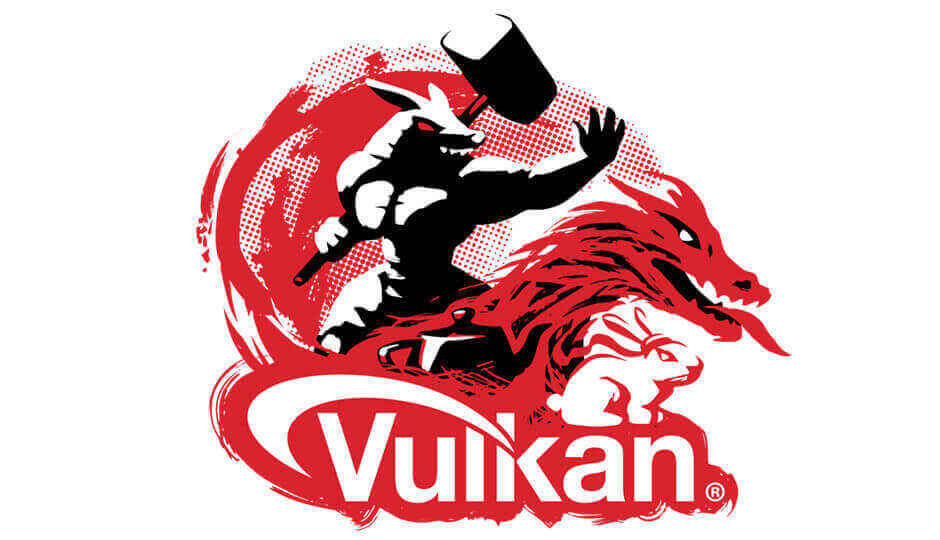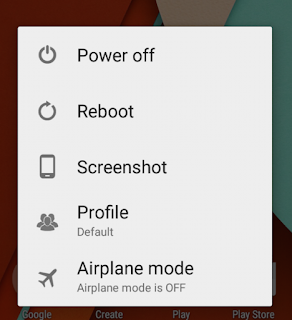Android P to come with Vulkan Graphics API 1.1 support
As Android P gets closer to completion, we are starting to see many new features that Google's next mobile OS will come with, the Vulkan Graphics API 1.1 being the latest addition.
Earlier this year in March, the Khronos Group had introduced the new Vulkan Graphics API 1.1 two years after the original version was announced. Support for Vulkan Graphics API was first made a part of Android with Nougat and now, Android P is said to come with support for Vulkan Graphics API 1.1 built-in. From a user perspective, this means that you get the latest graphics standard as a part of the next iteration of Android, but the real beneficiaries are the developers who now have access to a whole set of new features.
Probably the biggest change in Vulkan Graphics API 1.1 is the addition of Subgroup Operations which allows for highly-efficient sharing and manipulation of data between a number of tasks that are running in parallel on a GPU. Other additions include support for secure playback and display of protected multimedia content. An interesting addition to Vulkan Graphics API 1.1 is the support for multiple GPUs on a single system, and the capability to lift the heavy load of simultaneous multiple image rendering for demanding VR tasks.
Vulkan Graphics API 1.0 was a great step up from OpenGL for game developers allowing for them to create visually stunning games with fluid performance, but they often had to rely on extensions to get the most out of the Vulkan API. The Khronos Group which developed the cross-platform API has integrated many of the oft-used extensions into the next iteration of the update. While these updates are most developer-centric that user-focused, at the end of the day, it will be the user who ends up benefitting from these new changes.
Earlier this year in March, the Khronos Group had introduced the new Vulkan Graphics API 1.1 two years after the original version was announced. Support for Vulkan Graphics API was first made a part of Android with Nougat and now, Android P is said to come with support for Vulkan Graphics API 1.1 built-in. From a user perspective, this means that you get the latest graphics standard as a part of the next iteration of Android, but the real beneficiaries are the developers who now have access to a whole set of new features.
Probably the biggest change in Vulkan Graphics API 1.1 is the addition of Subgroup Operations which allows for highly-efficient sharing and manipulation of data between a number of tasks that are running in parallel on a GPU. Other additions include support for secure playback and display of protected multimedia content. An interesting addition to Vulkan Graphics API 1.1 is the support for multiple GPUs on a single system, and the capability to lift the heavy load of simultaneous multiple image rendering for demanding VR tasks.
Vulkan Graphics API 1.0 was a great step up from OpenGL for game developers allowing for them to create visually stunning games with fluid performance, but they often had to rely on extensions to get the most out of the Vulkan API. The Khronos Group which developed the cross-platform API has integrated many of the oft-used extensions into the next iteration of the update. While these updates are most developer-centric that user-focused, at the end of the day, it will be the user who ends up benefitting from these new changes.


Comments
Post a Comment